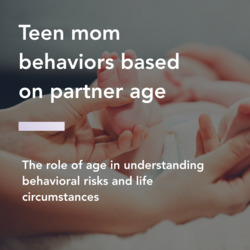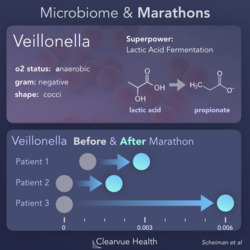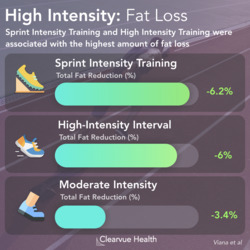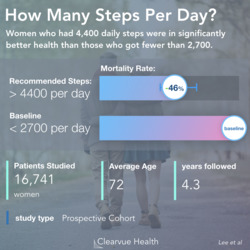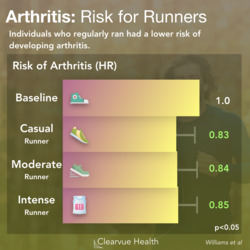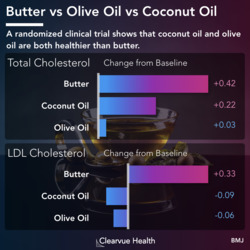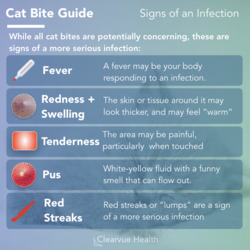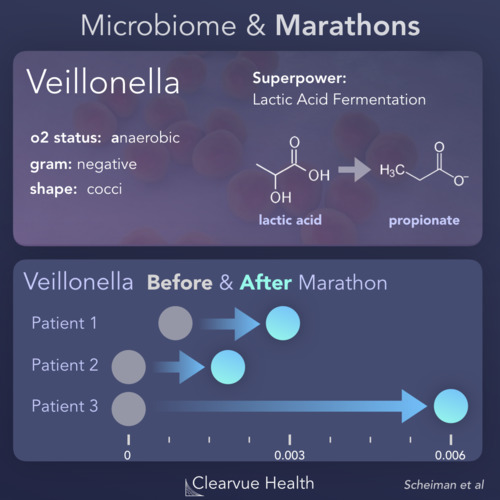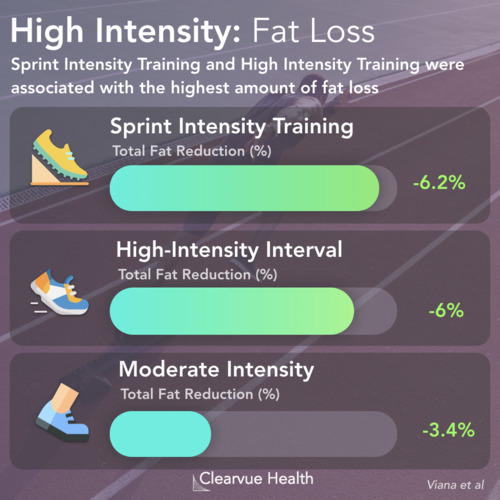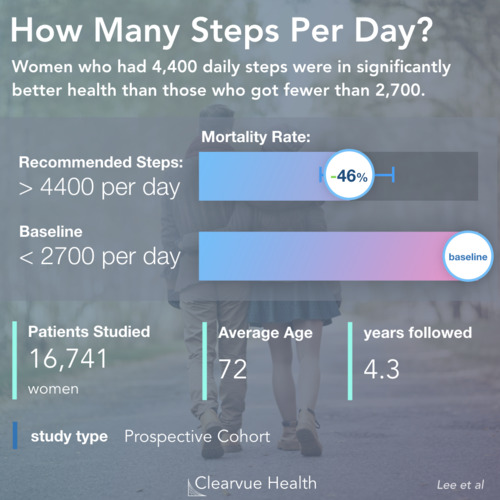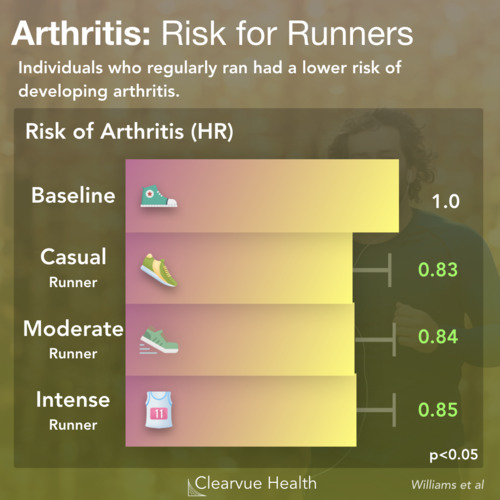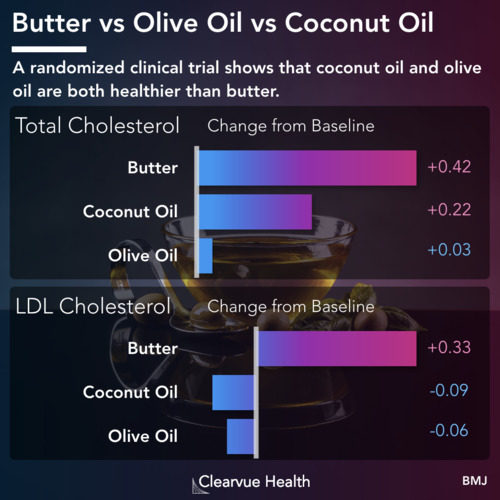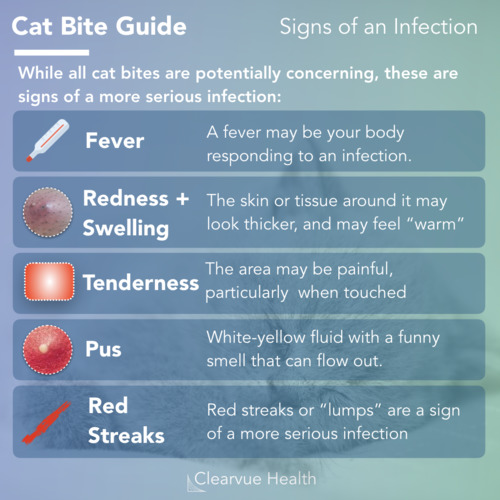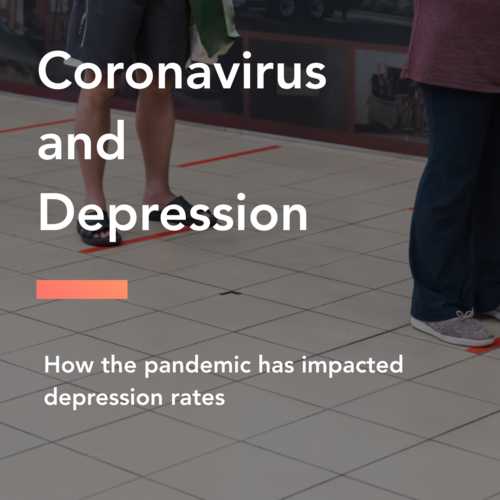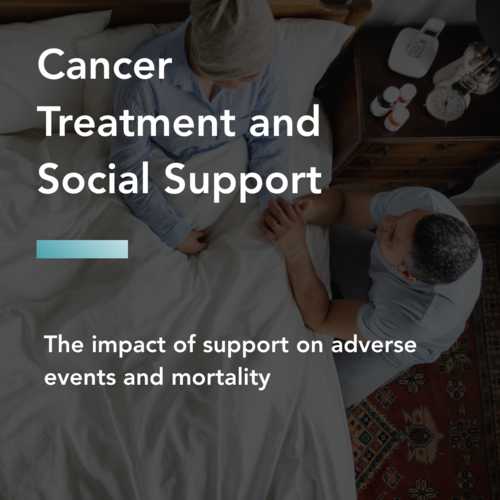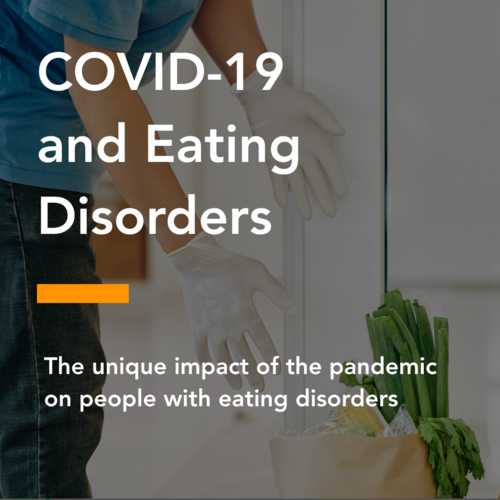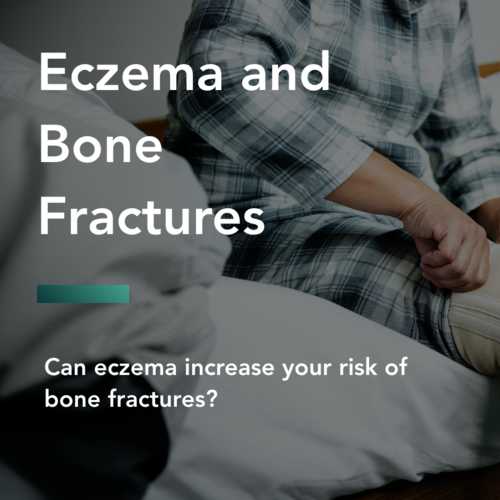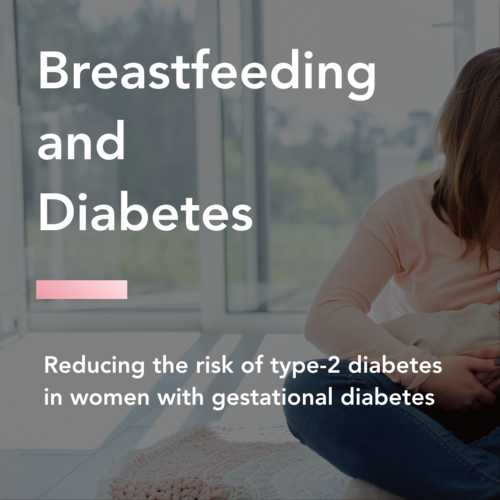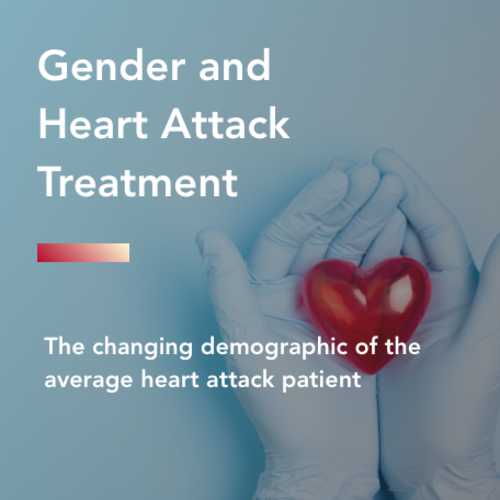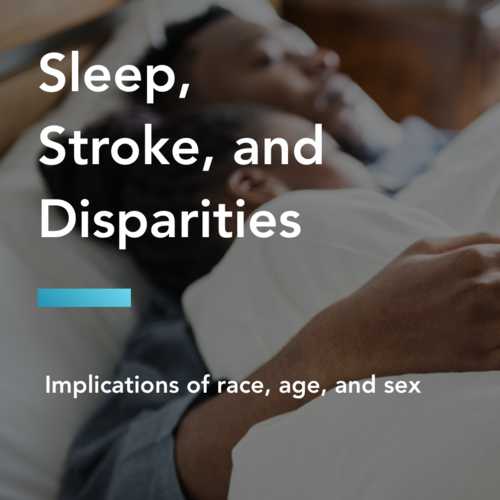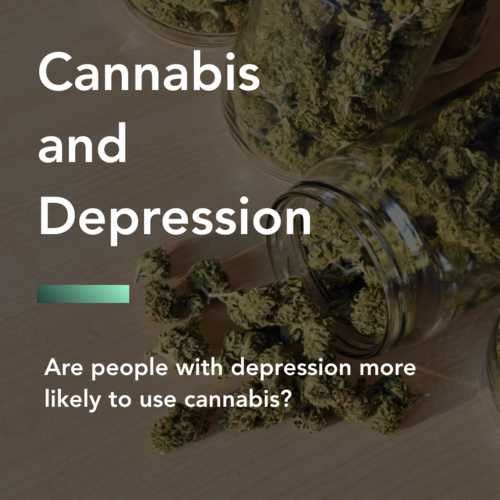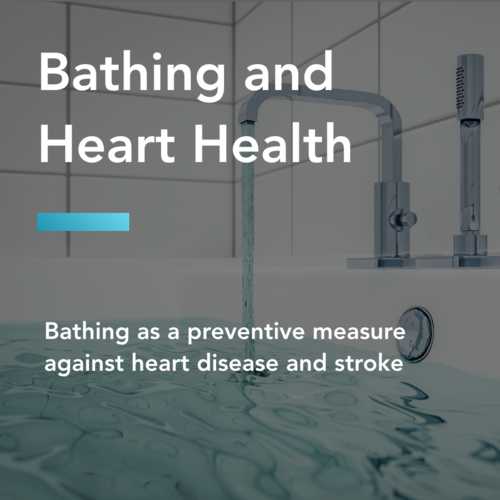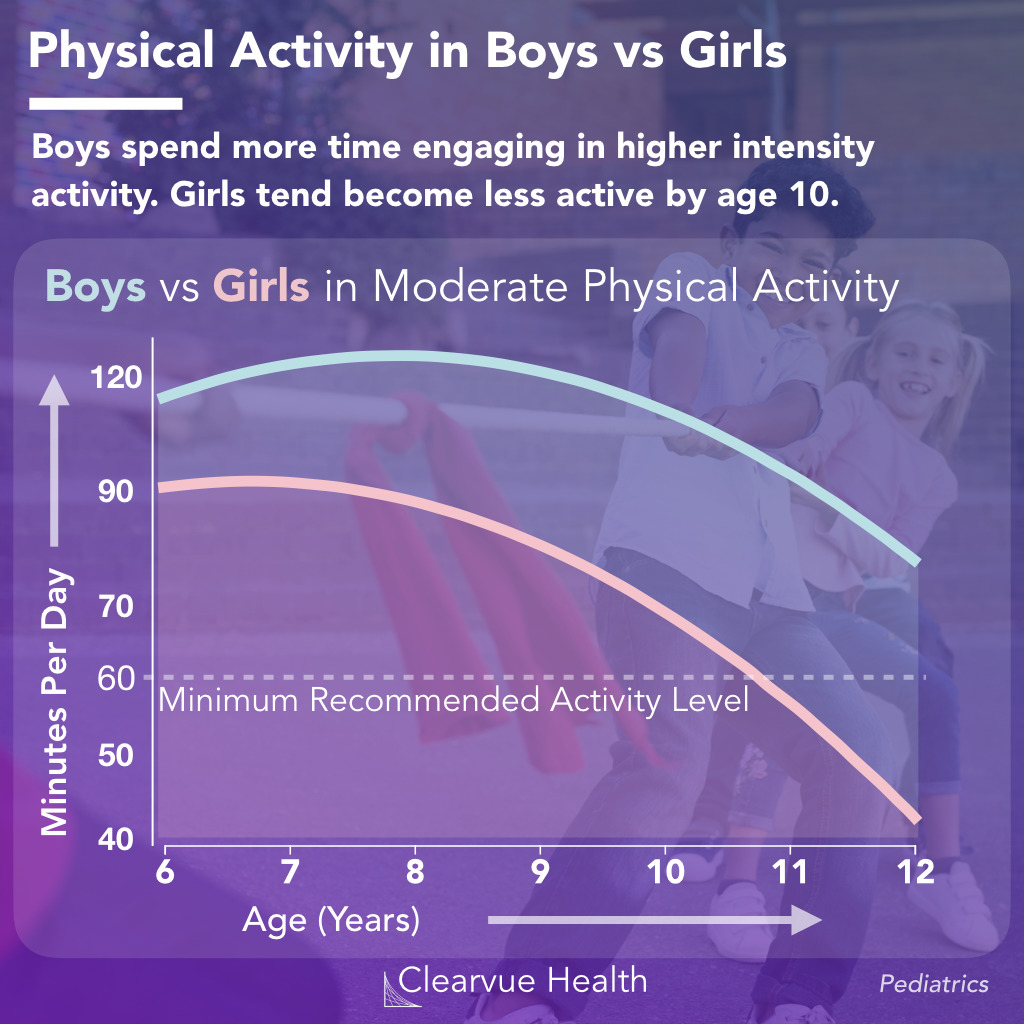
We've known for a while that physical activity declines in kids as they age. Toddlers are notorious for being rambunctious little pockets of energy. Teenagers meanwhile are known for spending many hours on the couch.
In order to see how this transition happens, from little runners to couch potatoes, researchers gave activity trackers to 600 kids, similar to a fitbit, to see how physical activity changes with age.
They found that kids started slowing down much earlier than they expected. By age 6, kids had already started down the path towards less activity.
Active time in kids drops while inactive time rises with age
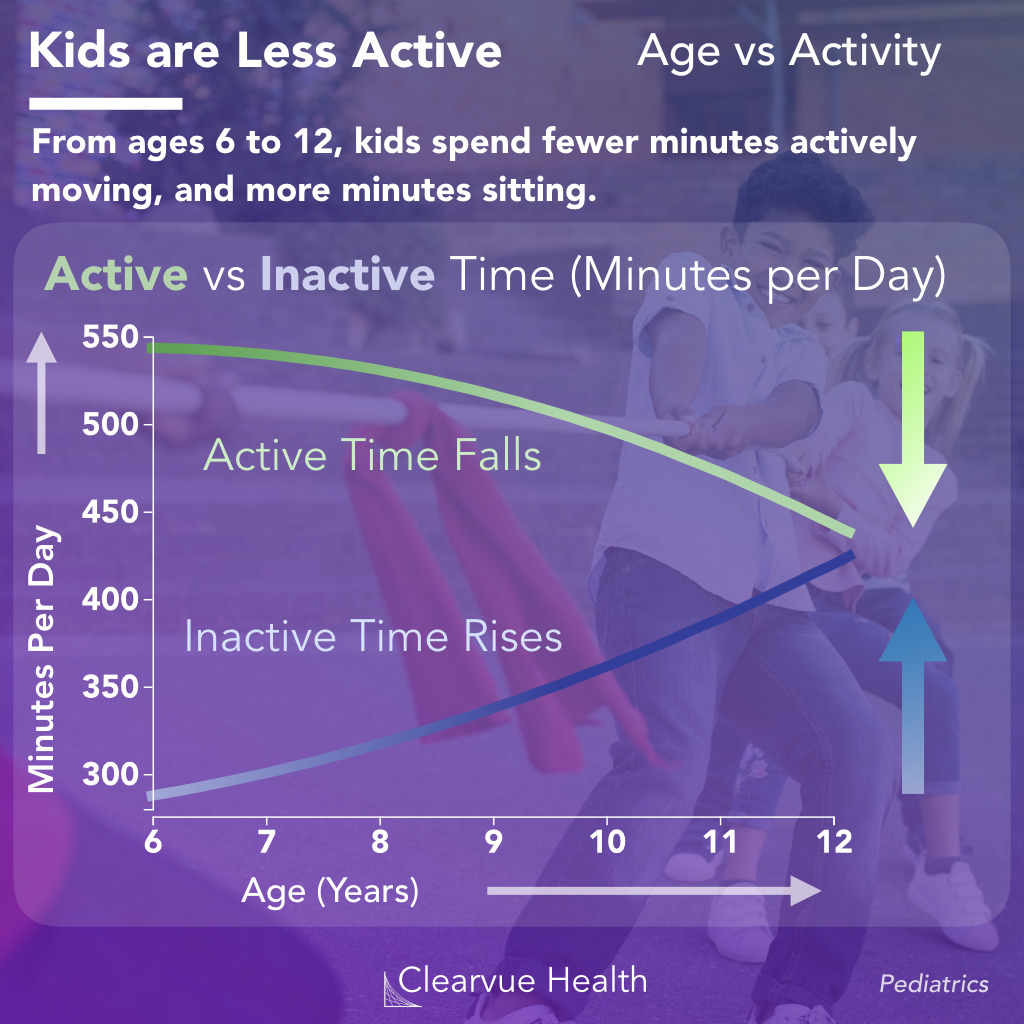
At age 6, both boys and girls spent just over 9 hours a day moving around. This is very healthy. It helps prevent childhood obesity and it helps kids build stronger bones and muscles.
However, this steadily drops every year. By age 12, kids are spending close to 2 hours less moving around and 2 hours more sitting on the couch.
The pattern as shown above demonstrates that "active time" is substituted entirely by more "couch time."
Moderate Physical Activity in Boys vs Girls

Moderate physical activity is particularly important for the development of muscles and bones in kids. This sets kids up for a lifetime of good health and habits.
Unfortunately, moderate physical activity tends to become less common in boys and girls with age.
Girls in particularly experience a very steep drop in physical activity after age 7. (The chart above uses a log scale, which distorts the axis in order to fit all the data in one chart)
By age 10, girls on average have dropped below the recommended 60 minutes a day of physical activity. Boys spend more time moving around, and therefore stay more active than girls over time, but they also inevitably fall below the recommended 60 minutes of activity per day by age 13.
Why This Matters
While it may seem like play, physical activity in kids is essential for a lifetime of health benefits.
As expected, it has been associated with lower obesity, which is important given our current child obesity crisis.
Physical activity has also has been shown to strengthen bones and reduce depression.
The data on the "gender gap" in physical activity is particularly concerning. Girls need to stay active just as much, if not more, than boys. Bone strength in girls may protect them from osteoporosis as older adults. We at Clearvue Health hope this evidence helps to promote more sports for girls. Sports are not just fun, they're essential for good health.
Recommendations for Physical Activity in Kids
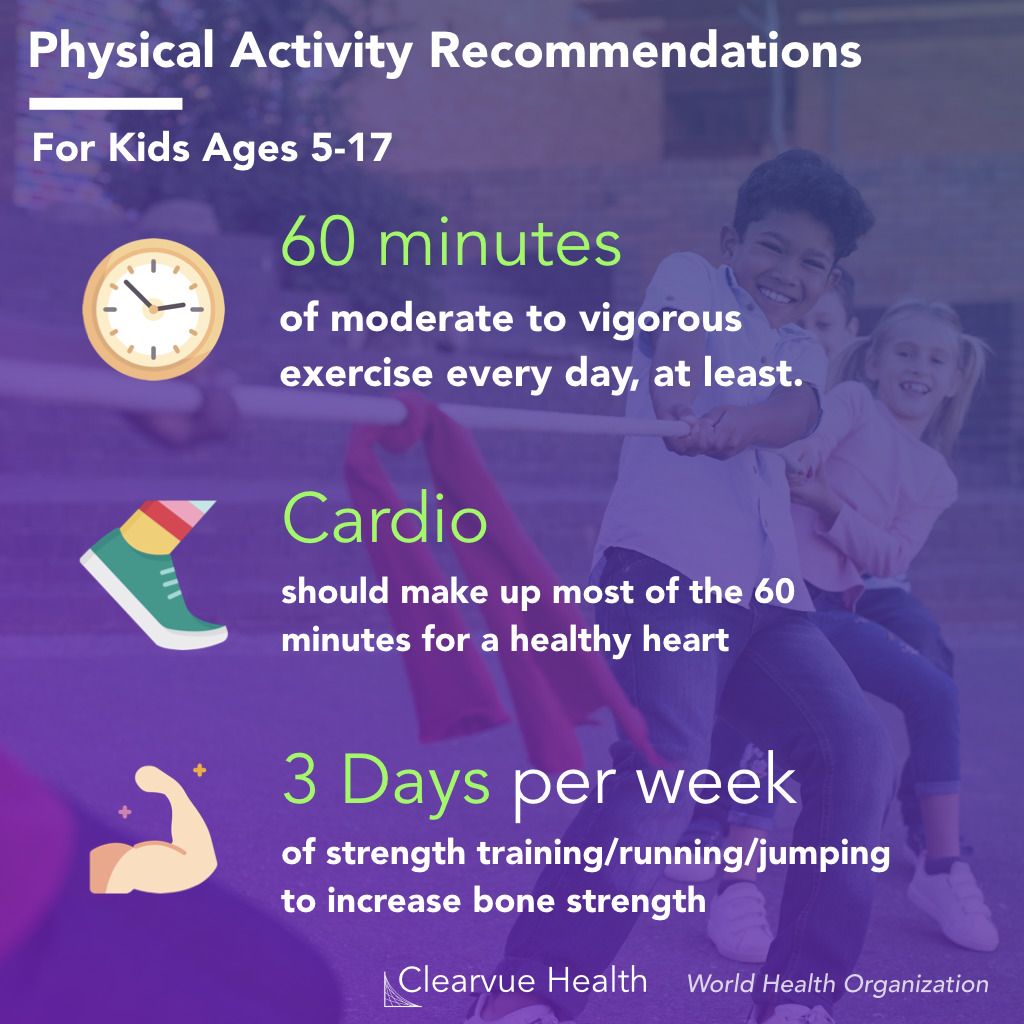
If you do have kids, and you are looking to see exactly how much your kids should be exercising, we've summarized the best recommendations for exercise below:
The World Health Organization has conducted an extensive review of the research, and has recommended the following for kids:
1: Kids should exercise for at least 60 minutes a day between ages 5 and 17. As seen in the charts above, American kids on average fall below this threshold by age 10-13.
2: Most of this exercise should be in the form of cardiovascular and aerobic exercise, including walking, running and biking. This helps kids strengthen their hearts and their endurance.
3: Kids should engage in some type of more intensive activity including running, jumping, or strength training in order to strengthen their bones.






